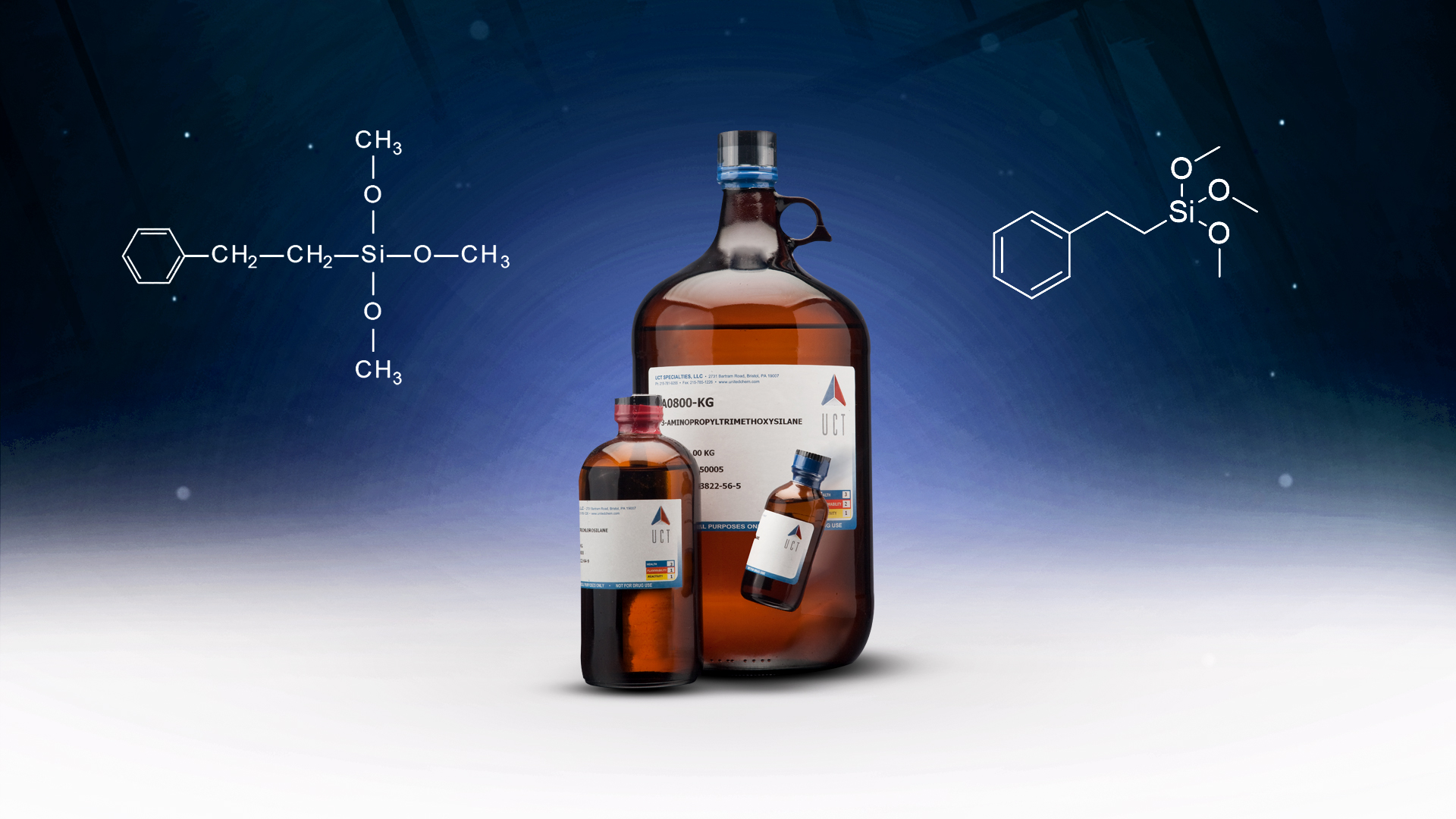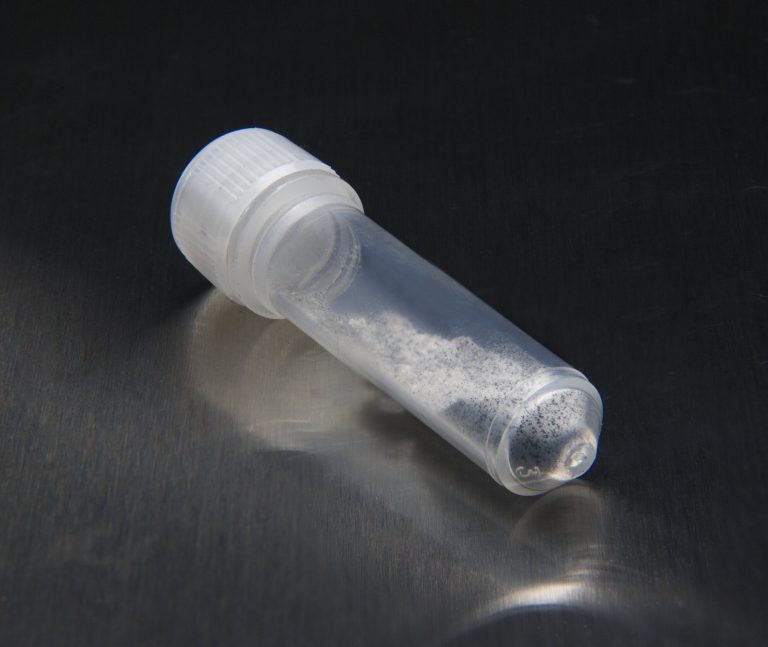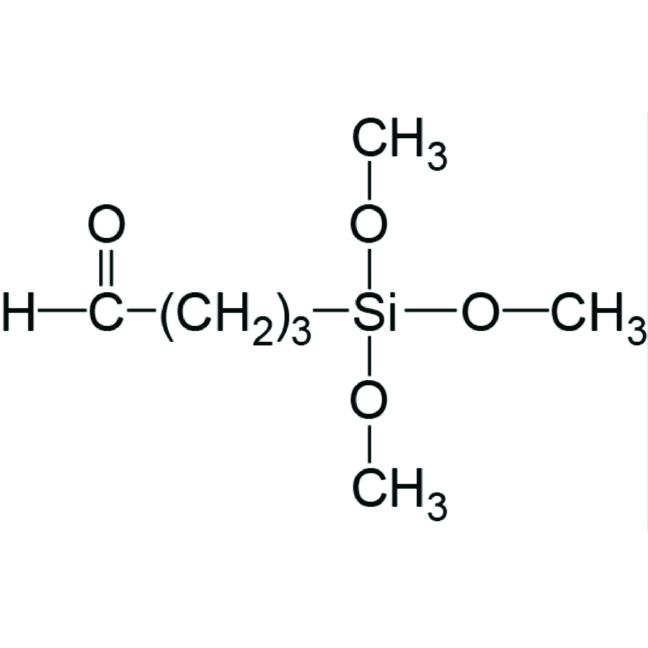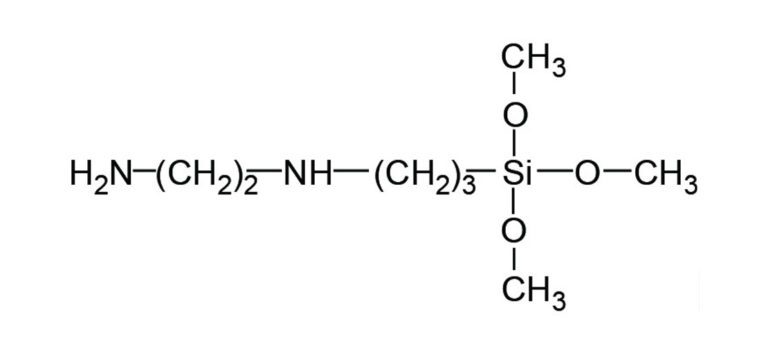Porous Cellulose Acetate/Block Copolymer Membranes for the Recovery of Polyphenolic Compounds from Aquatic Environments
Phenethyltrimethoxysilane (P0113)


Polyphenolic and other phenyl containing compounds have long had wide-spread applications in the chemical industries. In addition, these chemicals are synthesized by plants, so they are also naturally occurring, not just synthetically made. With their high prevalence, many phenolic based compounds end up in runoffs from urban, agricultural, and industrial sources and end up in natural water sources. These chemicals tend to be highly reactive and will either form polymerization products, or highly toxic pollutants that negatively affect aquatic ecosystems, and even humans. As such, recovery of these compounds from water sources during remediation has been a topic of high interest. The most widely used method of recovery uses membrane technologies. Many of the membranes currently used have drawbacks such as membrane fouling (blocking of the membrane pores), and low permeability due to high hydrophobic character. To mitigate these drawbacks, a research group from the University of Puerto Rico has been investigating the use of block copolymer membranes, comprised of porous cellulose acetate membranes, formed using process known as electrospinning, which is further functionalized with poly(ethylene oxide-b-4-vinylpyridine), a diblock copolymer, and the equivalent to UCT’s phenethyltrimethoxysilane (P0113). Physical characterization of this modified membrane confirmed the incorporation of the diblock copolymer and the silane in addition to good stability in aqueous environments. Adsorption experiments using gallic acid and catechol as model compounds showed a greatly enhance selectivity for these polyphenols indicating the suitability of these membranes for the desired purpose. Additional studies will be done to investigate additional properties such as membrane re-usability, thermal stability, additional target absorption capabilities and more.






